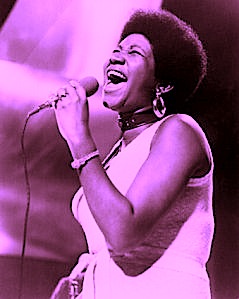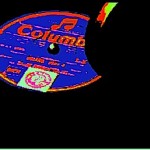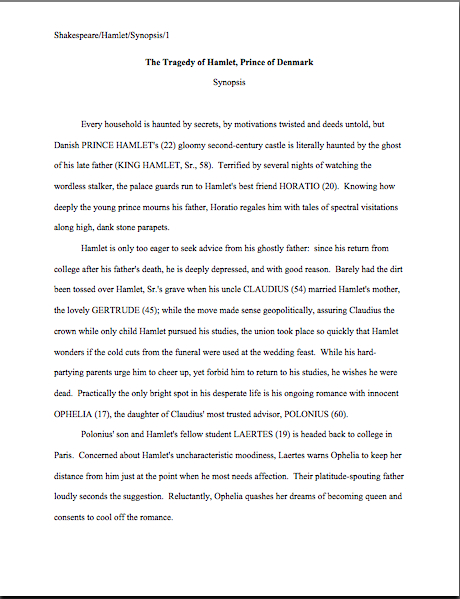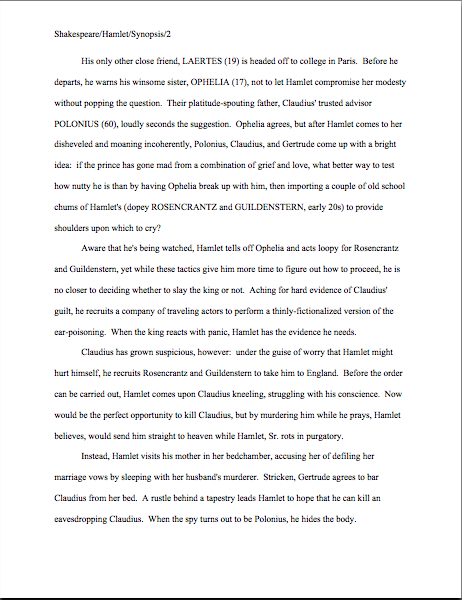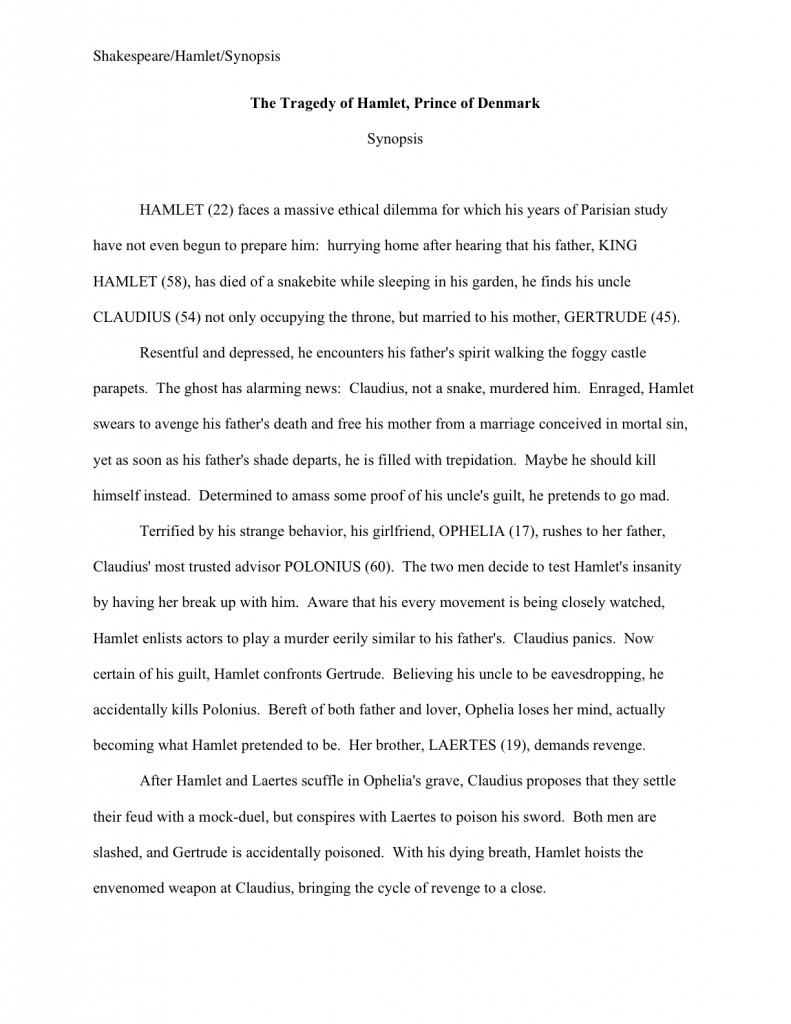Ah, the gentle days of April, when the daffodils begin dancing, steel-blue storm clouds loom on the horizon, and the neighbors finally get around to burning the long-lingering remnants of their Christmas tree. Why, it seems only a few weeks ago that the locals took down their holiday lights. Perhaps because the neighbors on the other side of us still have theirs up.
Hey, winters are dark in Seattle. So, apparently, are early springs. We could all use a little extra twinkling on the block.
To set the minds of those of you who have been clutching your chests in anticipation of a house fire at ease: no, my neighbors didn’t torch it in their fireplace; I shot this photo at their fire pit. I had been prowling the environs, searching for an image to illustrate our topic du jour. I couldn’t be happier, really. What, after all, would remind a self-editing writer more of structural repetition — the phenomenon of a writer’s falling in love with a certain kind of sentence and consequently over-using it throughout a manuscript — than dry fir needles consumed in flame?
“But Anne,” redundancy enthusiasts across the writing world protest, “I don’t get it, and until I get it, I’m not going to stop repeating words, phrases, and imagery on the page. So I challenge you: how are these two apparently unrelated things akin?”
That’s a perfectly legitimate question from a writerly point of view, repetition-huggers, but from an editorial perspective, the connection is self-evident: Christmas comes but once a year. So does one’s birthday, generally speaking. No matter how much one might enjoy celebrating either, it’s not reasonable to expect others to keep bringing you presents three times a month just because you claim today, tomorrow, and next Thursday that it’s one or the other.
Too abstruse? Okay, what about this one? No matter how brightly that fir branch burns, it is pretty only for a moment. Ashes have their charm, of course, but trying to rekindle them is a futile endeavor.
Too heavy-handed? Okay, metaphor police, try this one on for size: the branch you see above looked very nice on the Christmas tree. It is also attractive in the photo, in a different context. But had the neighbors set the Christmas tree in the fire pit without setting it ablaze, passersby would have murmured, “Hey, don’t they know Christmas was months ago?”
Starting to get the picture now? Yes, the fir was lovely covered in ornaments; we all saw that through your window. It was less pretty in February. And it was downright droopy in March. Today, in April, it’s nothing but a fire hazard.
That doesn’t mean, though, that a creative person couldn’t make it pretty again, but you’re going to need to do more than just stand it up and admire it as you did before, neighbor. You’re going to need to put some effort into transforming it. It’s going to need to appear to be fundamentally different.
What do you think? Have I have milked that image for all it’s worth yet? No? Okay, in case I’ve been too subtle for the literal-minded: after using a pet phrase once, give it a rest, will ya?
I see you smirking smugly, those who believe that you never repeat yourselves on the page. “Darned good advice, Anne,” you say warmly, “but not at all applicable to me. Every syllable I commit to paper is 100% original, both in the history of literature and within my own opus.”
I applaud you if that is actually the case, smug smirkers, but if this is your first manuscript, it probably isn’t: most writers have go-to phrases, metaphors, and even sentences that they trot out at least every hundred pages or so, whether they realize it or not. And don’t even get me started on how often manuscripts repeat lines of dialogue.
We saw why last time: if phrasing or an insight sounded good the first time around, it tends to sound good the second, third, and fifty-seventh as well. And if you’re like most writers new to the game, you probably have been writing your book over an extended period. Are you absolutely positive that the great sentence you wrote yesterday is entirely different than the one you wrote six months ago? Do you truly remember every syllable you wrote back in 2008?
No longer so sure, are you? Here’s the best way to recapture that peace of mind I so rudely disrupted: sit down and re-read your submission IN HARD COPY, IN ITS ENTIRETY, and, even better, OUT LOUD, just to double-check.
It’s in your best interest to do this before you send it off to an agent, editor, or contest judge. And certainly before you smirk smugly at the rest of us.
But definitely before you submit, because, trust me, even if that simile you adore on p. 22 does not recur until p. 384, chances are better than even that our old pal, Millicent the agency screener, will notice and deplore the repetition. So will her boss, the agent of your dreams, and even if it gets past both, the editor to whom the agent shows your manuscript will almost certainly catch it.
Why am I so sure of that? Well, submissions and contest entries so often contain substantial word and phrase repetition; one does not have to read professionally for very long to begin to build an aversion to the sight of it — and an eye that zeroes in on it.
Human nature, I’m afraid. The more one wants to look away from a tragedy, the more one is compelled to look.
To most of us who read manuscripts for a living, a manuscript that keeps recycling sentence structures, pet phrases, or even individual words might as well be covered with flashing neon signs. Don’t believe me? Okay, here is a page stuffed to the gills with one of the more common types of repetition, the over-use of proper nouns in general and character names in particular. I’ve made the image a trifle larger than usual, to render the pattern easier to spot.
In fact, you don’t even have to read the text to notice it: stand up, back away from your computer until you can’t make out individual words, then walk slowly toward the screen until individual words start to come into focus. Ready, set — observe!
Let me take a wild guess: on your return trip, all of those Js and Ps were the first thing you saw, were they not? I hate to break it to you, but a sharp-eyed pro like Millicent would have had that reaction scanning the page at a normal reading distance.
Well might you gulp. Once you got close enough to read the page in its entirety, I’m guessing that it did not seem all that repetitious to you. That’s fairly normal for writers who have not yet enjoyed the traumatic scrutiny lambasting benefit of professional feedback: for some reason my extensive editing experience leaves me powerless to explain, most aspiring writers seem to believe that if the word being repeated is a name, it’s impossible to over-use it.
They are, in a word, wrong. We shall see why in a bit, once your eye has had a chance to develop.
In the meantime, let’s take a gander at how the visual pattern problem is exacerbated if the sentence structure is also repetitious. To render this tortured page even more likely to annoy our Millie, I’ve selected a common construction in the passive voice.
Again, back up from the screen, then slink forward. What does your eye notice first?
Starting to see more than one pattern? I hope so: your eye might have been drawn to the repetition of was or one before or after the capital letters in the proper nouns, but now that you’re looking for it, this page seems to contain a smaller variety of words than our first example, right?
Even if the repeated words did not jump out at you, you probably noticed that this version was quite a bit less amusing to read. I wouldn’t be at all astonished if you were tempted not to read it all the way to the end; Millicent would have had more or less the same reaction.
Why? Well, although the page was not in fact made up entirely of it was X and it was as though sentences, it certainly began to feel like it by halfway down the page, didn’t it? If you were a Millicent trying to work her way through a pile of 247 submissions before your hot date tonight, wouldn’t you at least consider shouting, “Next!” and moving down the stack?
Some of you were doing the math, weren’t you? Yes, doubters, it would in fact be possible for Millie to get through that many submissions — if, say, her agency asks queriers to send the first five pages with a query — in a single day. It would be a long day, admittedly, but if she limited herself to just a couple of minutes with each, setting aside those with promise until she had more time to attend to them, she actually could plow through that stack quite expeditiously.
Because where are most submissions rejected, camper? Chant it with me now: on page 1.
So if you were occupying her desk chair and spotted a page 1 as wording-repetitious as that last example, would you continue reading for a few pages, hoping that the vocabulary level will rise? Or would you thankfully conclude that you don’t need to spend much time on this one and reject it in 32 seconds, so you could afford to read page 2 of a submission with more promise?
Don’t tell me what you would want Millicent to do if it were your submission; we’re talking principle here. And no, she can’t spend an extra hour screening today; that hot date involves a quick drink, a play, and a late dinner. You wouldn’t want her to miss the curtain, would you, much less that post-work drink?
Okay, maybe you would, but seriously, most folks that read for a living would have a similar reaction to that page 1, even if they haven’t had a truly hot date since 1982. A trained eye would be drawn immediately toward those patterns — and thus away from other aspects of the text a savvy writer might want a professional reader to notice instead, such as the compelling storyline, the interesting characters, and/or the overall beauty of the writing.
Weren’t expecting that twist, were you? You’d better sit down, because the news gets worse: because repetition in general and structural repetition in particular are so very common in submissions, Millicent and her ilk not only find it distracting; they tend to regard it a symptom of both a small authorial vocabulary and weak writing. So you might want to think twice about incorporating much repetition into your preferred authorial voice. Especially in your opening pages — which, lest we forget, folks who screen manuscripts for a living are prone to regard, rightly or not, as representative of the writing in the rest of the manuscript.
Hey, I told you to sit down.
Now that you’re already depressed into a stupor, let’s get down to the nitty-gritty: if the sentence structure and vocabulary on page 1 don’t show much variation, Millicent’s unlikely to keep reading until page 50 to find out whether these traits are consistent features of the author’s chosen voice. Heck, she probably won’t turn to page 2 to confirm that suspicion.
It’s hard to blame her, given the provocation. As we saw in the second example, even when the word choices are diverse enough to keep things moderately interesting, it’s simply more tiring to read the same kind of sentence over and over than to read text where the form varies more.
That’s true, incidentally, regardless of the subject matter. Even an inherently fascinating topic can quickly be rendered stultifying by the simple expedient of writing about it in structurally similar sentences. Repetitive phraseology can render even the most exciting, conflict-ridden scene quite a bit less nail-biting than its activity level should dictate. That’s true, surprisingly, even if the chosen structure is quite complex.
Pop quiz to evaluate your eye’s progress: which bugged you more in that last paragraph, my reuse of the that’s true + adverb structure, or the recycling of even? By this point, I would hope that neither escaped your attention.
Let’s observe the soporific effect of a more complicated repeated structure in action. So I don’t plunge all of you into a deep, refreshing slumber, I shan’t subject you to an entire page of it, but merely a quick excerpt.
Obviously, no one deliberately plans to crash a motorcycle into the side of a cross-town bus, but that is precisely what Barnaby did. Fortunately, he was wearing his inflatable jumpsuit, saving him from significant injury, but clearly, his morning was not going to be a smooth one. Resignedly, he collected his scattered belongings, including the small thermonuclear device he later planned to smuggle stealthily into the state dinner, but he could not resist vehemently cursing under his breath.
Call me a zany idealist, but I believe in my heart of hearts that a scene with stakes this high could have been written about in a slightly more compelling manner. There’s more to good storytelling than just getting all of the facts down on the page, after all. To see why, we need look no farther than the early reader books of our youth.
You know the type, right? See Spot run. See Spot bite Dick. See Dick shiv Jane. Stab, Dick, stab.
Dull, from an adult perspective, weren’t they? But dull with a purpose: part of their point was to encourage new readers to recognize letter patterns as particular words. Varying the sentence structure enough to render the insipid story interesting to more advanced readers would merely have distracted from the task at hand.
So we were treated to the same sentence structure for what seemed like the entire book. I have a distinct memory of taking my kindergarten copy of FROG FUN home from school (Hop, frog, hop. Hop, hop, hop: hardly Thackeray), reading a two pages of it to my father, and both of us deciding simultaneously that no self-respecting human being would keep slogging through that much narrative repetition. And where was the character development? Pages on end about frogs, and the reader could not tell one from the next. What were their individual hopes, their dreams, their personal preferences in lily pads?
He wrote a very amusing little note to my teacher about it. Suffice it to say that my teacher quickly learned to send me to the library for alternate reading material. And stopped teaching kindergarten shortly thereafter. I’m told that she still winces whenever she sees a frog.
It’s even easier to make Millicent wince — at any given moment, her to-read pile overfloweth with submissions that, if not as word-repetitious as FROG FUN, have fairly obviously not been carefully revised with an eye to sentence variation. That’s a pity, because when a professional reader sees a manuscript that uses the same sentence structure or the same few verbs use over and over, the specters of Dick, Jane, and Spot seem to rise from the page, moaning, “This is not very sophisticated writing!”
Why, you gasp? Well, when one’s eye is trained to note detail, it’s doesn’t take much redundancy to trigger a negative reaction.
In fact, a good professional reader will often catch a repetition the first time it recurs — as in the second time something is mentioned in the text. It’s not unheard-of for an editorial memo to contain a livid paragraph about the vital necessity to curb your inordinate fondness for phrase X when phrase X shows up only three or four times in the entire manuscript.
As in over the course of 382 pages. Had I mentioned that we pros are trained to be extremely sensitive to redundancy?
Imagine, then, how much more annoying they find it when every third sentence begins with a structure like, Blinking, Sheila backed away or George was…” or the ever-popular, As Beatrice was doing X, Y happened.
That last one caught you a bit off guard, didn’t it? I’m not entirely surprised: if an alien from the planet Targ were to base its understanding of human life solely upon the frequency with which protagonists in first novels do something as something else occurs, it would be forced to conclude that humanity is doomed to perpetual multitasking. Either that, or it would surmise that the space-time continuum is somehow compressed by the mere fact of someone’s writing about it.
Oh, you laugh, but how else could the poor visitor to our solar system possibly interpret a passage like this?
As Monique turned the corner, she spotted Clarence. He dodged sideways as she came up to him. While he was looking for someplace convenient to hide, she calmly unearthed a crossbow from her purse.
Aiming, she cleared her throat. “The jig’s up, Clarence.”
That’s quite a bit of activity happening simultaneously — and quite a few logically similar sentence structures shouldering one another for prominence. But contrary to popular opinion amongst aspiring writers, the mere fact that two things occurred at the same time is not particularly interesting to most readers. Unless the simultaneity of the motions in question is crucial to the reader’s understanding what’s going on, as and while can be awfully easy to overuse.
How so? Well, let me put it this way: if our imaginative little run-in with the Targian had not tipped you off in advance, would you have noticed that there were two things going on contemporaneously in every sentence in that last example?
If not, you aren’t alone. Most aspiring writers — i.e., the folks who have not yet had the professional opportunity to hear an editor go on a tirade about such things — would not see a problem with that excerpt. Millicent, however, would, and that’s likely to spark some rather unpleasant consequences at submission time.
So how might a savvy reviser rearrange that passage so as to leave Millie’s eyebrows mercifully unraised? Vary the sentence structure — and cut out any extraneous activity.
While you’re at it, reserve as for those relatively rare occasions when it’s imperative that the reader be made aware that things happened at the same time. The result might look a little bit like this:
Monique strode around the corner, surprising Clarence so much that he dropped his bullwhip. While he was looking for someplace convenient to hide, she calmly unearthed a crossbow from her purse.
Carefully, she took aim at his Adam’s apple. “The jig’s up, my friend.”
The contrast between this version and the previous one is pretty stark, is it not? That’s not merely a matter of style, but of phrasing variety. To repetition-sensitive eyes, a page filled with structural and word repetition is like badly-done CGI in movies, where battle scenes between thousands of characters are created by filming 50 extras flailing at one another, copying that image, and plastering it seventeen times across the scene, perhaps alternated with two or three other images of the same actors in different positions. Honestly, to those of us who count patterns for a living, that level of repetition can be downright migraine-inducing.
“Wait just a nit-picking minute, Anne!” I hear some conscientious revisers exclaiming. “I don’t mean to cling slavishly to my dog-eared copy of Strunk & White, but English grammar only permits so many ways of arranging sentences properly. Isn’t any manuscript going to exhibit a certain amount of pattern repetition, necessarily?”
Yes, of course — but that does not give writers carte blanche to use the same structures back-to-back for paragraphs on end, or to utilize a favorite complex sentence form four times per page. And that’s unfortunate, because it’s not as though your garden-variety writer is repeating herself on purpose: in the vast majority of instances, the writer simply likes a kind of sentence or a particular verb enough to use it often.
You lucky souls, however, are going to be one up on that kind of writer come revision time, because we’re about to take a run at spotting the phenomenon in its natural habitat. Since my last post’s foray into A TALE OF TWO CITIES was so obvious, let’s tackle a comparatively subtle one this time around the submission desk.
Rubbing his sides for warmth, Sven glanced unhappily at his fellow cheerleaders. Waving his pom-poms in a wan impression of good sportsmanship, he reminded himself never to be stupid enough to accept one of his sister’s bets again. Pulling up his flesh-colored tights –- oh, why hadn’t he listened to Kenro, who had told him to wear nylons under them on this near-freezing night? –- he wondered if Tamara would be vicious enough to demand the performance of the promised splits before the game ended. Sighing, he figured she would.
How did you do? Individually, there is nothing wrong with any given sentence in this paragraph, right? Yet taken communally — as sentences in submissions invariably are — the repetition of the same kind of opening each time starts to ring like a drumbeat in Millicent’s head, distracting her from the actual subject matter, the quality of the writing, and, alas, even the blistering pace you worked so hard to achieve on the page.
That’s not just a voice problem — it’s a marketing problem. Why? Well, think about it: very, very few agents and editors can afford to work with specialists in a single type of sentence.
And don’t start waving random pages ripped from Ernest Hemingway’s oeuvre at me, either. Present-day readers expect a narrative with a broad array of sentence structures. It’s simply more amusing to read.
Sadly, most of the time, writers don’t even realize it when they’re repeating patterns. Unless the repetition bug has really bitten them, the redundancy isn’t in every sentence, and it’s not as though most writers have the foresight, patience, or even time to re-read an entire scene each time they revise a sentence or two of it. Much less to go over it IN HARD COPY, IN ITS ENTIRETY, and OUT LOUD.
Why, yes, that was redundant, now that you mention it. FROG FUN taught me that was the way to make a point memorably.
To be fair, though, repetition often lies in words or phrases that are similar, but not identical, so the writer does not think of them as the same word. Consider:
Casmir began sweating, sweating as though his sweat glands were going on strike tomorrow. Should he go to the window and throw it open, beginning the cooling-down process? Or should he go downstairs, into the basement, to the cool of the pickle cellar, to await the stellar offer on his house? Or should he wait for the seller on the cooler porch?
Subtle, isn’t it? Sometimes, the structures a writer favors may be common enough in themselves that she would need to read her pages IN HARD COPY and OUT LOUD to catch the problem. As in:
“But I didn’t steal the payroll,” Claire insisted, “because I had no reason.”
“But you did take it,” Edmund shot back, “because you needed the money for your sainted mother’s operation.”
Claire’s eyes filled with tears. “You leave my sainted mother out of it, since you don’t know her.”
These three lines of dialogue feature different words, but they sport identical structures. This may not seem like a serious problem on any given page, but once a professional reader notices a manuscript exhibiting this kind of repetition over the course of few exchanges, she will simply assume — feel free to sing along; you should know the words by now — that the pattern will recur throughout the manuscript. She’s usually right, too.
How does she know, you ask? Experience, my dears, experience. How many horror films did you have to see before you realized that the monster/killer/Creature from the Black Lagoon wasn’t really dead the first time it appeared to be?
Oh, you thought I was going to use that the monster always returns trope only once in this series? Good eye, those of you who caught it.
Rather than resting on your laurels, though, go back and re-read that last example out loud. Did you notice how similar those three paragraphs sound in the mouth, almost as though they were not the words of two different speakers? The repetitive structure here makes Claire and Edmund speak in essentially the same rhythm, as though they were echoes of the same voice.
Which, from an authorial point of view, they are. That doesn’t mean that the reader won’t want to preserve the illusion that those speeches are falling from different pairs of lips.
When two characters speak in the same rhythm, it mutes the conflict between them a little — not to mention making it harder for the reader to follow the dialogue. Check out how varying the sentence structure ramps up the tension between these characters, even in an excerpt this short:
“But I didn’t steal the payroll,” Claire insisted. “I had no conceivable reason.”
“You lie,” Edmond shot back. “You needed the money for your sainted mother’s operation.”
Her eyes filled with tears. “You leave my sainted mother out of it, me bucko, since you don’t know her.”
“Aha! I knew you were concealing a pirate past!”
“I ought to keel-haul you.” Sullenly, she tore off her eye patch. “What gave me away, the parrot?”
Nifty, eh? That, in case you were wondering, is the kind of character development benefit a writer is likely to derive from reading her work OUT LOUD. I just mention.
A writer need not only pay attention to how many times he’s using the same words or similar sentence structures in back-to-back sentences, but also on any given page, as well as over the course of a scene. Let’s take a look at how non-consecutive repetition might play out in practice.
As the car door opened, Beatrice swallowed a horrified gasp. It was Lance’s severed hand, dragging itself around the latch mechanism, one grisly fingertip at a time. As she reached for the gun, her intestines palpitated, but she forced her arm to remain steady. While she loaded the bullets into the chamber, she thought about how much she had loved Lance, back when his constituent parts were all still interconnected as a human’s should be. It was a shame, really, to have to keep blowing him to bits. But blow him to bits she would continue to do, as often as necessary.
To most self-editors, this paragraph would not seem especially problematic. Yet it contains two of the most commonly-repeated structures, our old friends, the While X was Happening, Y was Occurring and the It Was Z…. Standing alone as individual sentences, either form is perfectly valid; the problem arises when either appears too frequently on the page.
Still having trouble seeing it? To a professional reader, this is how the paragraph above would scan:
As the car door opened, Beatrice swallowed a horrified gasp. It was Lance‘s severed hand, dragging itself around the latch mechanism, one grisly fingertip at a time. As she reached for the gun, her intestines palpitated, but she forced her arm to remain steady. While she loaded the bullets into the chamber, she thought about how much she had loved Lance, back when his constituent parts were all still interconnected as a human’s should be. It was a shame, really, to have to keep blowing him to bits. But blow him to bits she would continue to do, as often as necessary.
See how even spread-out repetition jumps off the page, once you’re sensitized to it? Millicent (and her boss, and the editors at the publishing house across the street, and even the average contest judge after reading the first handful of entries) is so attuned to it that she might not even have made it as far as the end of the paragraph.
To use the most overworked word in Millie’s vocabulary: “Next!”
Of course, you may strike lucky: your submission may be read by a screener who hasn’t been at it very long, a contest judge brand-new to the game, or an agent whose tolerance for pattern repetition is unusually high. Heck, your work may even land on the desk of that rara avis, the saint who is willing to overlook some minor problems in a manuscript if the writer seems to have promising flair. In any of these cases, you may be able to put off winnowing out pattern repetition until after the book is sold to an editor.
Who, frankly, is most unlikely to be so forgiving. So do you honestly want to gamble on Millicent’s possible saintliness at the submission stage, or would you prefer to take care of this little problem now?
Where should you begin? Well, the beginning is always a nice place to start. Since editorial response to this kind of repetition tends to be so strong — I wasn’t kidding about those migraines — you would be well advised to check your first chapter, especially your opening page, for inadvertent pattern repetitions. (Actually, since quick-skimming pros tend to concentrate upon the openings of sentences, you can get away with just checking the first few words after every period, in a pinch. But you didn’t hear that from me.)
The most straightforward way to do this is to sit down with five or ten pages of your manuscript and a number of different colored pens. Highlighters are dandy for this purpose. Mark each kind of sentence in its own color; reserve a special color for nouns and verbs that turn up more than once per page. You probably already know what your favorite kinds of sentence are, but it would be an excellent idea to pre-designate colors for not only the ever-popular While X was Happening, Y was Occurring and the It Was… sentences, but also for the X happened and then Y happened and Gerund Adverb Comma (as in Sitting silently, Hortense felt like a spy) forms as well.
After you have finished coloring your pages, arrange all of the marked-up pages along some bare and visually uncomplicated surface — against the back of a couch, along a kitchen counter, diagonally across your bed — and take three steps backward. (Sorry, kitty; I didn’t mean to step on your tail.)
Does one color predominate? If you notice one color turning up many times per page — or two or three times per paragraph – you might want to think about reworking your structures a little.
If this all seems terribly nit-picky to you, well, it is. But the more you can vary the structure and rhythm of your writing, the more interesting it will be for the reader –- and, from a professional perspective, the more it will appeal to educated readers. Think about it: good literary fiction very seldom relies heavily upon a single sentence structure throughout an entire text, does it?
You know what kinds of books use the same types of sentences over and over? The ones marketed to consumers with less-developed reading skills. If that is your target readership, great — run with the repetitive structure. (Run, Jane, run! Don’t let Dick stab, stab, stab.) But for most adult markets, the industry assumes at least a 10th-grade reading level.
In my high school, Ernest Hemingway’s THE OLD MAN AND THE SEA was assigned in the 9th grade. If you catch my drift.
Then, too, agency screeners and editorial assistants typically hold liberal arts degrees from pretty darned good colleges. That’s a long, long way from the reading level that was contented to watch Dick and Jane running all over the place with Spot and frogs having fun hop, hop, hopping.
Let your structural choices be as exciting as the writing contained within them — and let your voice emerge as more than a repetitive collection of your favorite words and sentences. Incorporate your pet structures and phrases, by all means, but have them appear rarely enough that they will seem like revelations, not just narrative-as-usual.
Above all, keep mixing up those sentence structures. You may be pleasantly surprised at how much interest merely preventing a sentence from reading like the one before it can produce.
And try not to mourn too much for last year’s Christmas tree. It will twinkle all the brighter in our memories for having been unique. Keep up the good work!

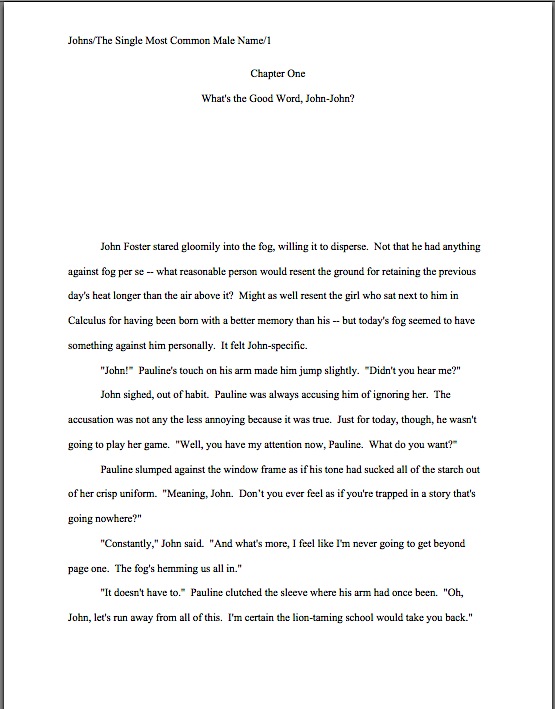
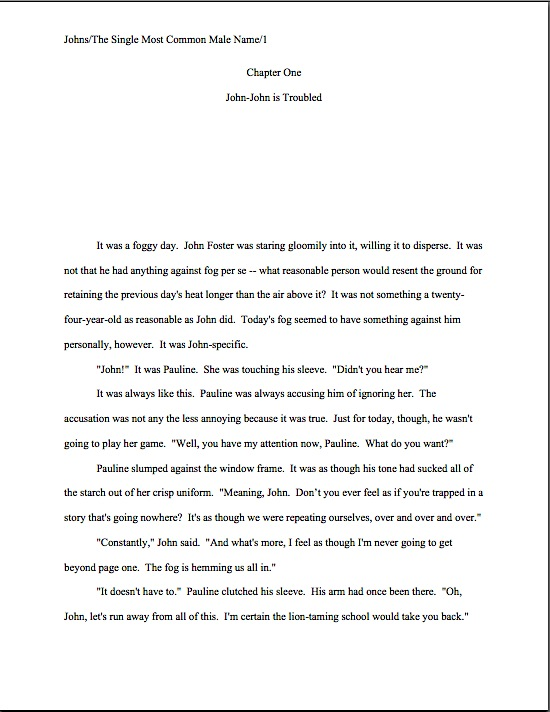



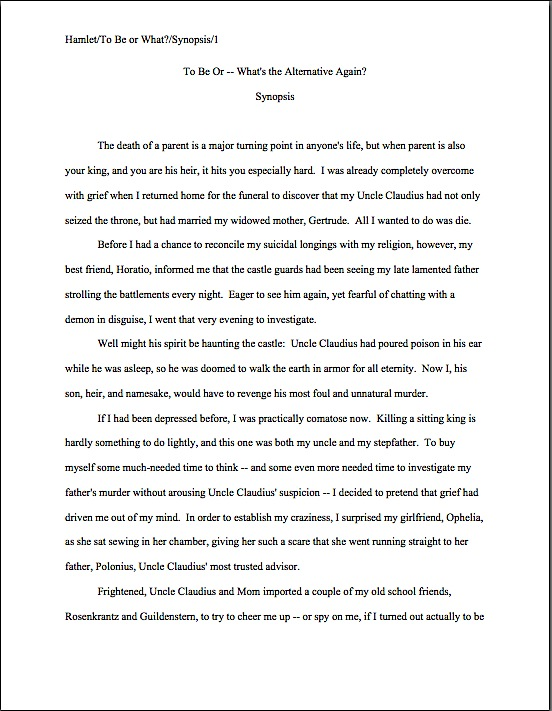





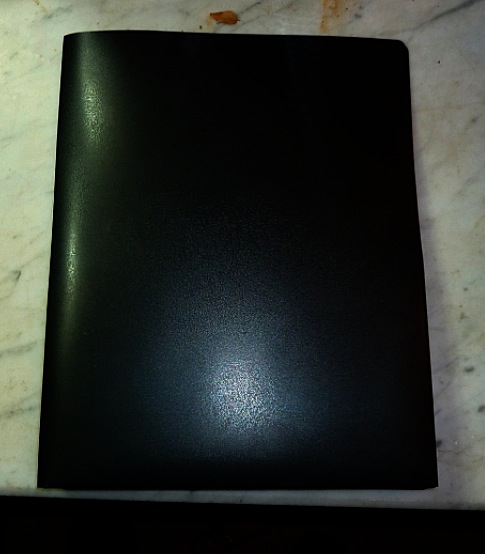










 If there is a single rule of thumb that may be applied at every stage of any successful author’s career, it’s that it ALWAYS behooves us to look critically at our own writing, rather than assuming that the only possible explanation for frowned-upon writing lies in the eye of the predisposition of the reader to frown.
If there is a single rule of thumb that may be applied at every stage of any successful author’s career, it’s that it ALWAYS behooves us to look critically at our own writing, rather than assuming that the only possible explanation for frowned-upon writing lies in the eye of the predisposition of the reader to frown.










